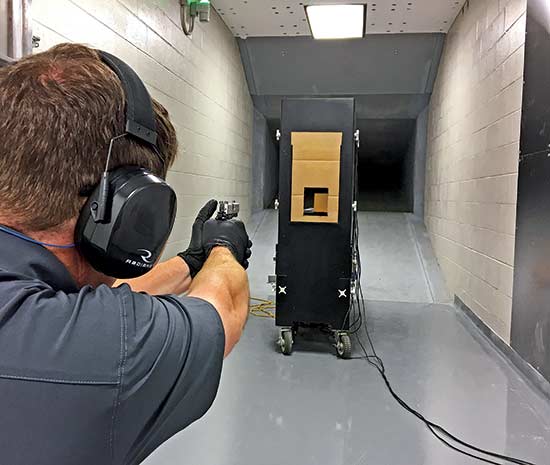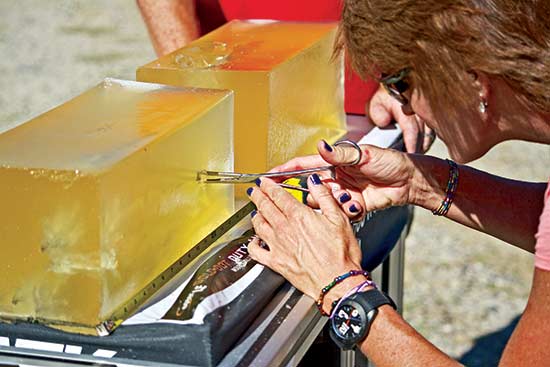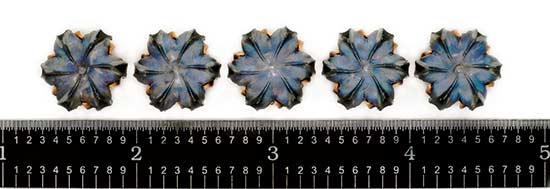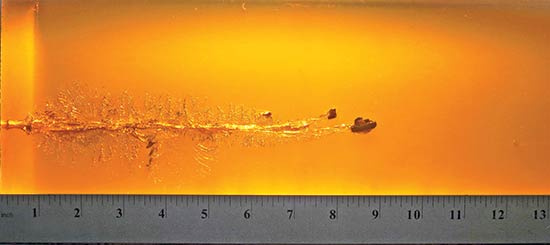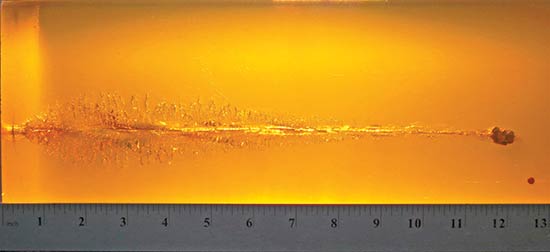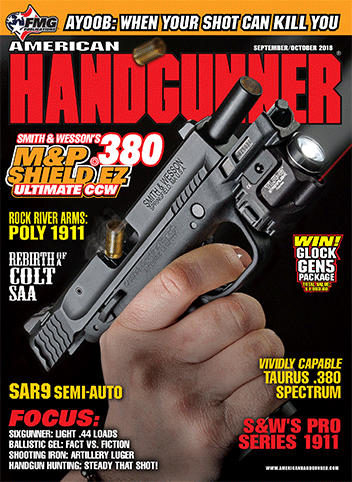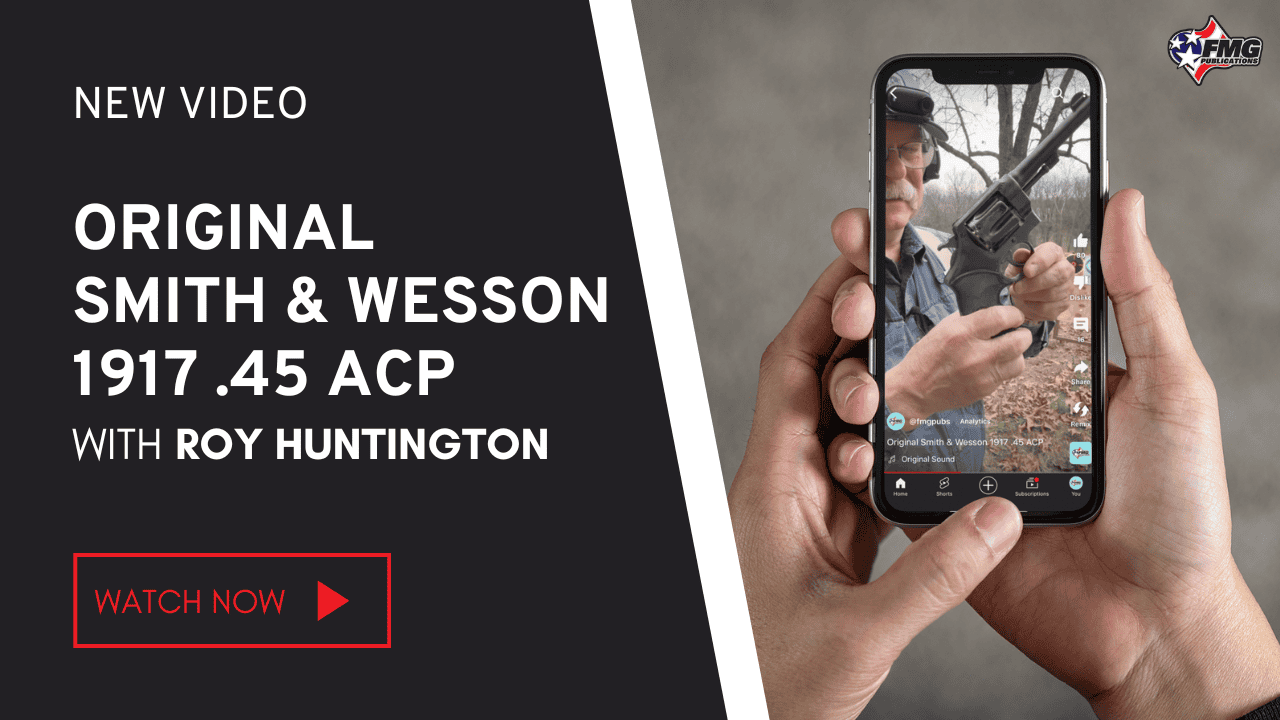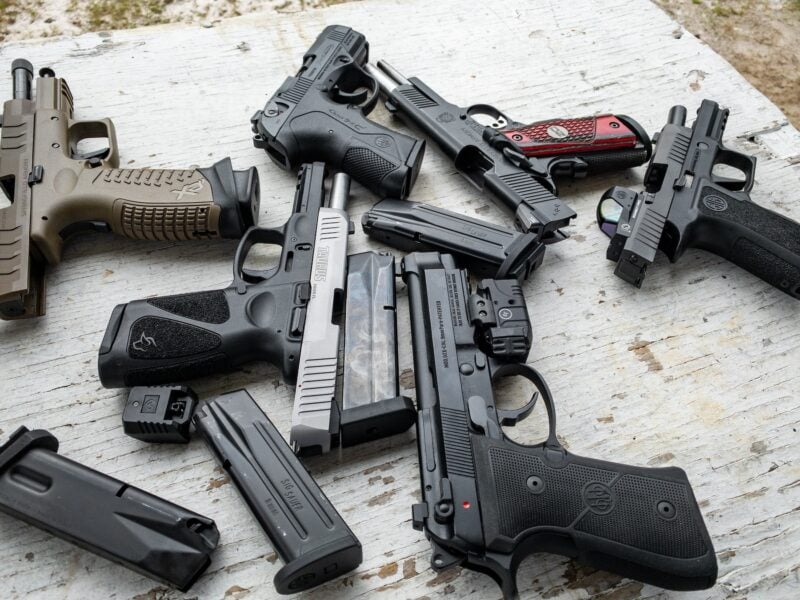Ballistic Gel Testing
Reliable Science Or Manufacturer’s Hype?
Ballistic gelatin is a quality control tool you can bet your life on. It’s composed of water and gelatin powder, and should be mixed in specific ratios, using well-vetted methods. Ballistic gelatin blocks have been used for a half century, allowing practical measurement of bullet expansion and penetration characteristics in a material reliably mimicking living tissue. Information gathered from proper ballistic testing allows you to make informed choices in self-defense ammunition — rather than just guessing or believing media hype.
It’s fortunate ammunition manufacturers have begun to see marketing value in including terminal performance data in their product literature. Websites, such as the one I run (Brass Fetcher Ballistic Testing), take it a step further, providing third-party terminal ballistic evaluations of manufacturers’ ammunition products — directly to the public. But you need to know what you’re looking at, so we’ll go over some terms and give you a good idea how to interpret the data yourself.
Penetration Depth
Often bullets of similar weight, fired at similar velocities may penetrate differently from one another. In our sample photos you can see how one 115-gr. load at 1,110 fps penetrated to 9″ while the other maker’s 115-gr. load at 1,130 fps penetrated to 12″.
In this instance, the load penetrating 12″ meets FBI penetration depth requirements (minimum 12″) while the other load fails to meet it. The 12″ minimum penetration depth in ballistic gel was established by the FBI after the famous Miami shootout with seasoned bank robbers. There, one of the FBI’s 9mm Luger 115-gr. JHP rounds failed to penetrate deeply enough to incapacitate a suspect, who then murdered two FBI agents in the ensuing firefight.
A bullet failing to penetrate at least 12″ in gelatin should not necessarily be seen as a failure. But it’s important for you to know how this relates to the results of 30 years of documented real-world shootings.
Penetration depth is the most relevant fact when comparing bullet effectiveness. I recommend choosing ammunition penetrating at least 12″ and less than 18″ of ballistic gelatin. This will give you a bullet able to penetrate deeply enough to hit vital organs from any practical anatomical angle. It’s also the range of penetration called out in most US law enforcement ammunition solicitations.
Bullet Expansion
Second in importance is bullet expansion. Keep in mind, generally, more velocity equals more expansion but equals less penetration. The “bigger” bullet slows down faster. While less velocity usually equals less expansion but more penetration because the “smaller” less-expanded bullet can penetrate more deeply. But there’s a trade-off in both cases.
As you might have suspected, we want more expansion to make a larger hole in the target to increase bleeding and reduce the time required for incapacitation. Loss of blood pressure to the brain (resulting in loss of oxygen to the brain) is what usually “shuts down” a bad guy. Going with a load penetrating 12″ or more gives you reliable terminal effects. Essentially, deeper wounds offer more tissue damage, meaning more blood loss to lower blood pressure faster.
Retained Weight
Retained weight is an indication of how “intact” the bullet remains as it goes through the gel. A more intact “expanded” bullet is a larger, more effective bullet compared to a similar bullet that broke into smaller pieces. Bullet weight is not a wounding factor in itself, but more weight equals less velocity, and lower drag equals more penetration. On the other hand, less weight equals more velocity, higher drag and less penetration. That same sort of trade-off.
We salute ammunition manufacturers for placing greater emphasis on the terminal performance of their products and making summaries of this information available. Given the dire nature of shooting in self-defense and the variability inherent with differing barrel lengths, we encourage you to do your homework before you trust a particular bullet. Don’t just rely on advertising hype — look at the science behind it! We’ll visit this interesting side of ballistics further in the future.
For more info: www.americanhandgunner.com/index

